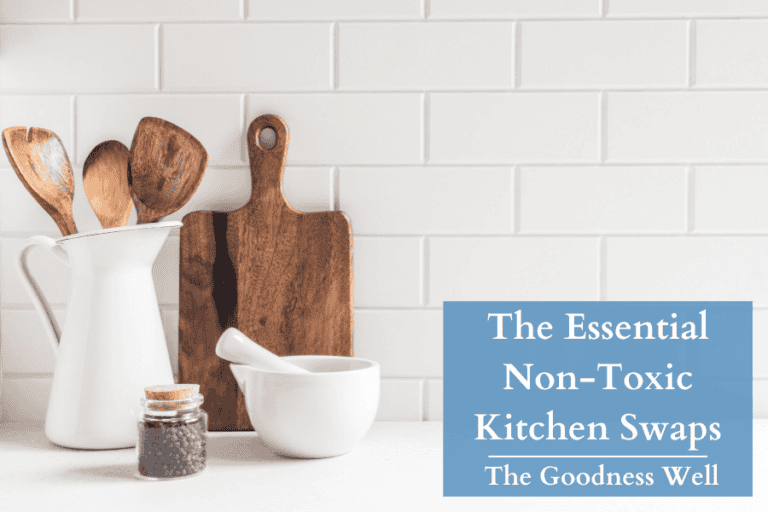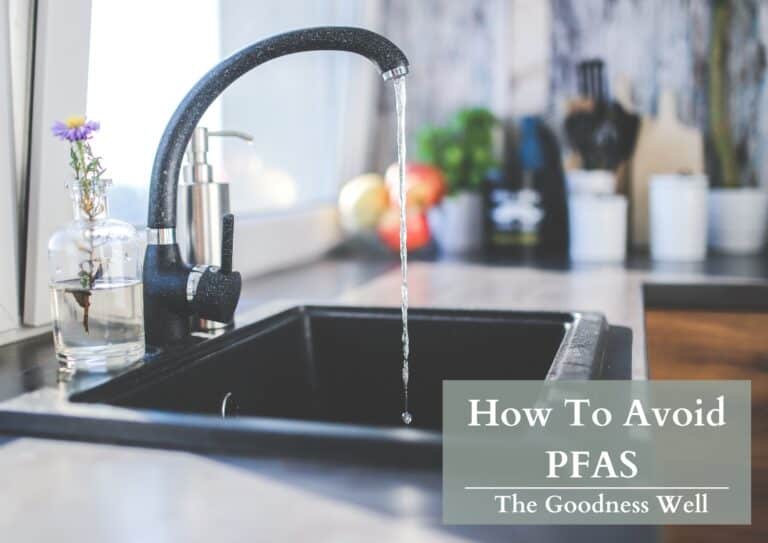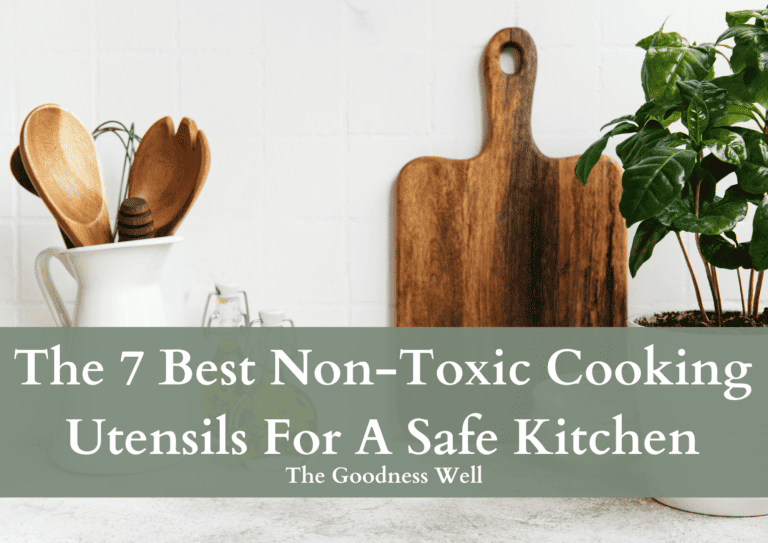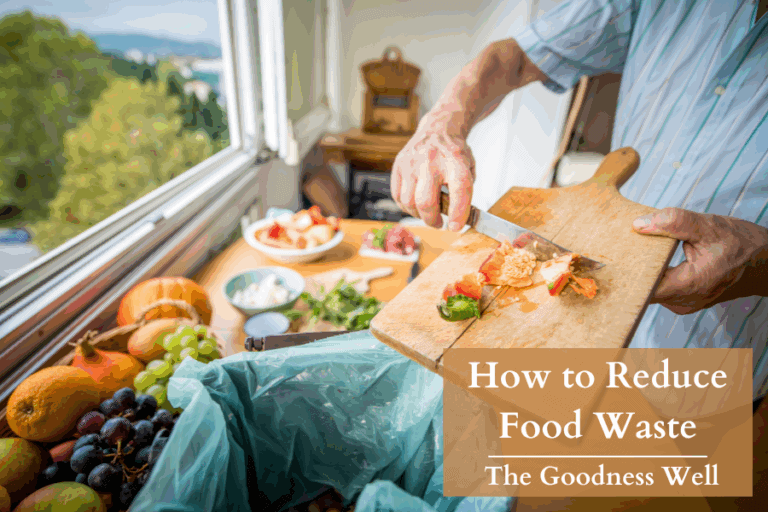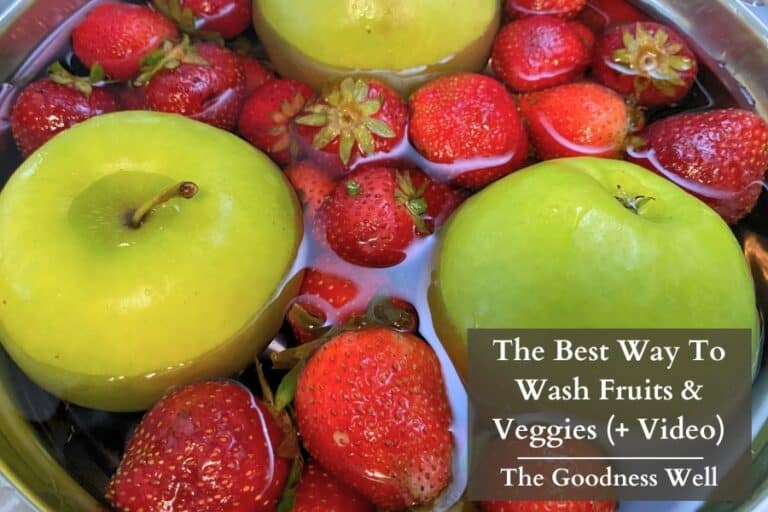Types of Non Stick Coating in Cookware Explained: (Ceramic, Teflon, PFOA, PTFE)
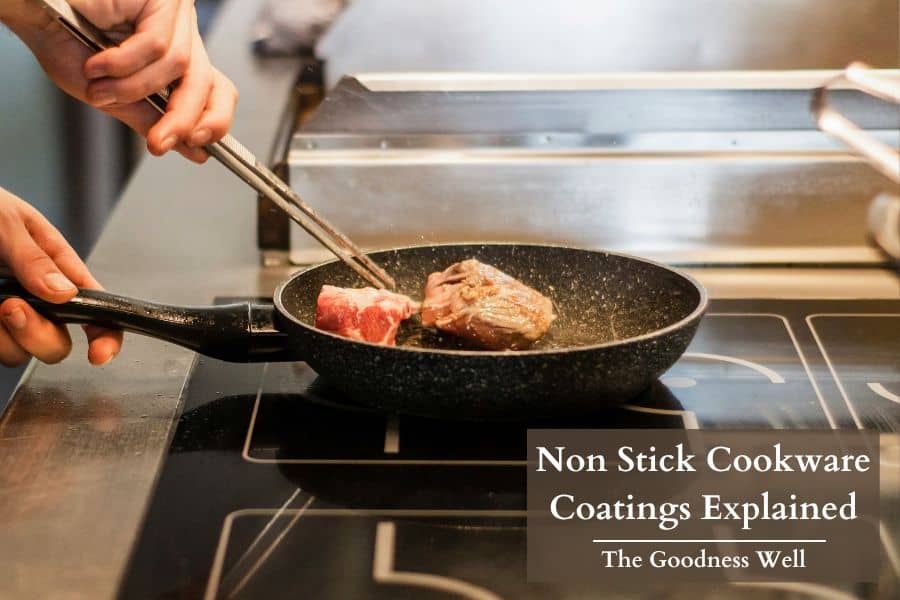
With so many types of non-stick coating terms out there – PTFE, Teflon, PFOA, Ceramic – it’s hard to keep up with it all.
We’re here to clear up the confusion so these terms don’t trip you up anymore.
By the end, you’ll be an expert in cookware coatings and be prepared to choose the healthiest cookware for your kitchen.
Here we go.
TL;DR
Modern non-stick cookware primarily uses either PTFE (Teflon) or ceramic coatings. Teflon, a brand name for PTFE, is a type of PFAS and has been linked to health concerns, leading to the phasing out of PFOA in its production and its replacement with potentially toxic GenX chemicals. Ceramic coatings, made from silicone dioxide, offer a non-toxic alternative but have a shorter lifespan. For those seeking natural non-stick options, cast iron, carbon steel, and stainless steel are durable choices but may require more oil or butter during cooking.
Non-Stick Coatings Explained
This non stick coating thing can get very confusing, I know. It took A LOT of research to find the truth about non stick coatings in cookware (which just isn’t right!).
The “non-stick” properties in cookware nowadays come in either two forms: ceramic coating or PTFE coating. Here’s a quick rundown of both:
PTFE vs Teflon
These actually mean the same. Teflon is the brand name of PTFE (think like Advil is to Ibuprofen). Some cookware brands use Teflon but other cookware brands source PTFE from other providers.
“What about PFOA?”
PFOA is another kind of PFAS (this term groups all these chemicals together). It’s one of the main super toxic “forever chemicals” found all over the world, and even found inside of us (a discussion for another time).
PFOA, a smaller molecule compared to PTFE, was used in the manufacturing of PTFE until its negative health effects came to light, forcing many companies to phase out its use.
*Side note: Watch the movie, “Dark Waters”. Eye opener, to say the least.
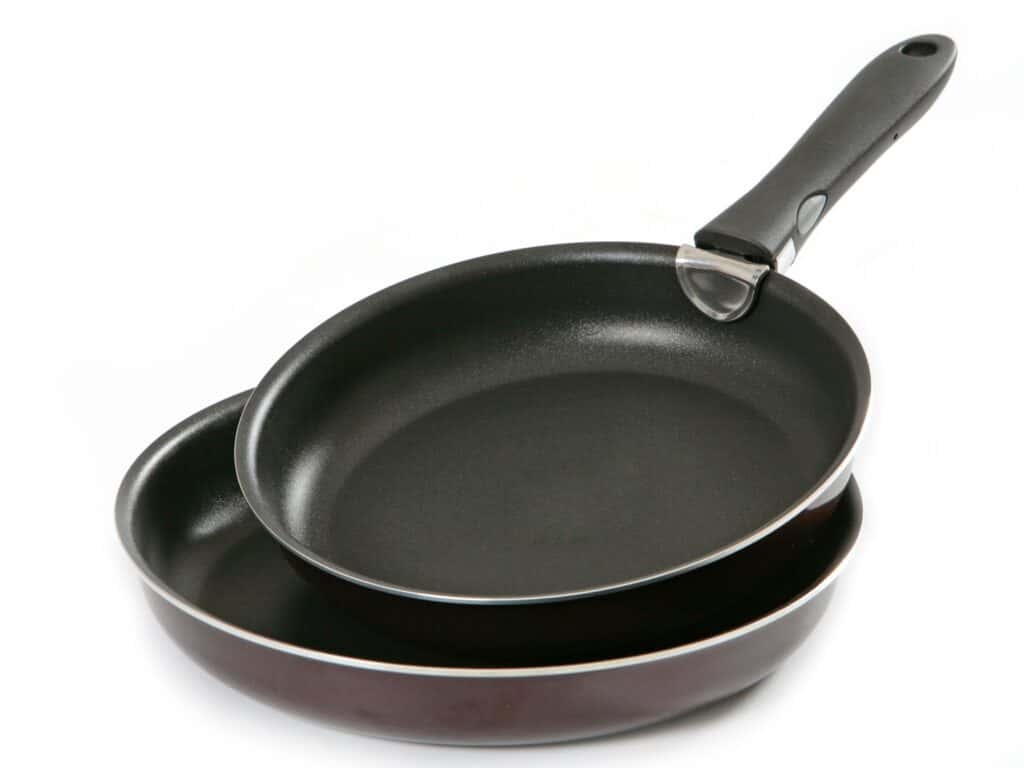
Unfortunately, now “GenX chemicals” have replaced PFOA in the production of PTFE (Teflon), which are just as toxic.
Why is PTFE still being used as non-stick on our cookware, you ask?
Because it is a “more stable” PFAS, although research still suggests it’s toxic.
On top of that, PFOA has still been found in PTFE cookware claiming to be PFOA-free. Added to the fact that PTFE itself has been linked to many serious health issues, including cancer, we recommend avoiding it.
Teflon is a brand name for PTFE, a non-stick polymer in cookware. PFOA, once used in PTFE production, has been phased out due to health risks, but its replacement, GenX chemicals, has also been found to be toxic. Despite PTFE’s stability being a more stable PFAS, It’s use is NOT recommended.
Ceramic Coating
“Ok, now what is this “ceramic-coating”?”
When you see the term “ceramic cookware”, this means it’s an aluminum or stainless steel pan with a ceramic coating.
Ceramic non stick coatings are made from silicone dioxide.
It’s not actual ceramic, it’s just called that because it looks similar to ceramic (nothings what they say it is, annoying, I know).
Ceramic slowly releases this silicone oil over time to prevent sticking, but only lasts for so long until most of the coating has been released.
You might have noticed that your “ceramic” cookware isn’t as non-stick after a year or so.
And while ceramic coatings are non toxic and safe, they don’t last as long as we would like.
Ceramic coatings in cookware are not actual ceramic and are instead made from silicone dioxide. They are a non-toxic, safe non-stick option but their effectiveness diminishes over time as the silicone oil they release to prevent sticking gets depleted.
How to Tell The Difference
“How do I know if Teflon/PTFE or ceramic is being used in the cookware I choose?“
If the company claims their cookware is non-stick but don’t use the term, “ceramic-coated”, it is 99% likely that it is made with a PTFE coating.
Unless it’s made completely of cast iron, carbon steel, or stainless steel, which is almost always clearly stated to avoid associations with PTFE.
Non-Stick Cookware Without Coatings
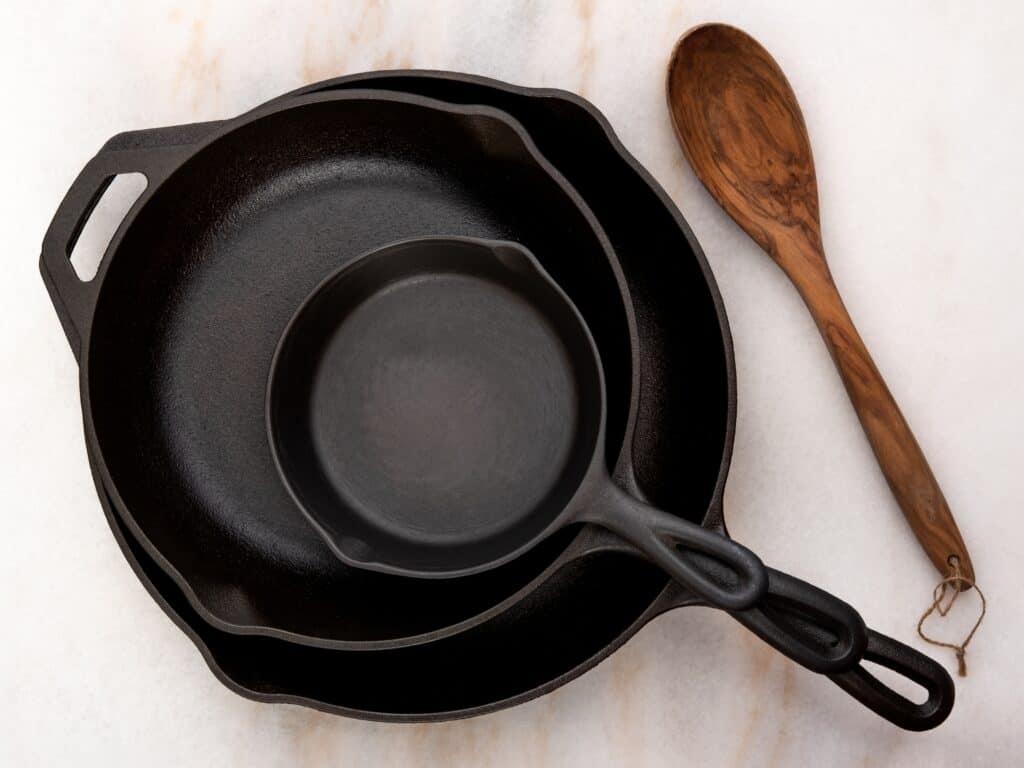
Natural non-stick, safe cookware options without an added “non-stick” coating include:
- Cast Iron
- Carbon Steel
- Stainless Steel
These 3 options are naturally nonstick and do not have any added coatings like PTFE or ceramic.
While their natural nonstick surface doesn’t work as well as ceramic coated or PTFE, they will last a long time. Just throw a little more butter or oil on there!
Our favorite choice of cookware is cast iron and ceramic-coated cookware. Even after the ceramic coating has worn a bit, it just needs a little more oil. And while cast iron requires a bit of TLC, it’s safe and will last you a lifetime!
Anything else you’re confused by when it comes to cookware coatings? Leave us a comment below!
FAQ
A water-based non-stick coating for cookware typically involves PFAS compounds like PTFE, known for their low friction and heat resistance. The term “water-based” refers to the solvent used in the application process, while the non-stick properties are primarily derived from PFAS.
Ceramic-coated non stick cookware is the best for health, especially when compared to PTFE/Teflon non stick cookware. Other healthy natural non stick options include cast iron, stainless steel, and carbon steel.
PTFE is a non-stick material used in products like cookware, whereas PFOA, previously used in manufacturing PTFE, is a hazardous chemical now largely phased out due to health concerns. They are both classified as PFAS, or “forever chemicals”.
Ceramic coated, stainless steel, cast iron, and carbon steel cookware are all free from PFAS chemicals including PFOA and PTFE.


